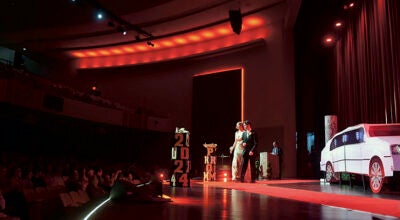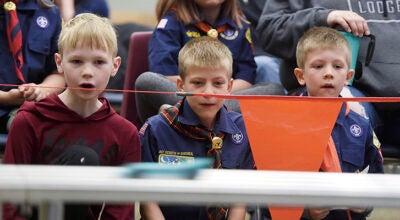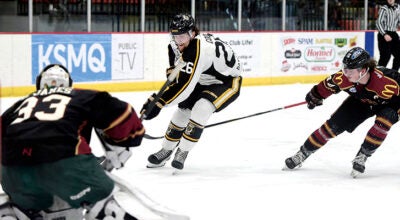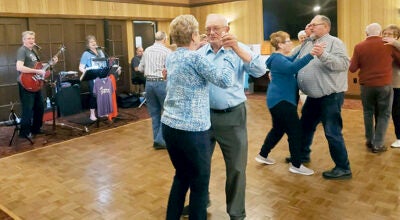City encourages owners to inspect trees on their property
Published 6:27 am Tuesday, August 6, 2019
By Craig Byram
Attorney for the City of Austin
Following severe storms like Austin experienced recently, the city receives many calls from private citizens concerned about branches or entire trees falling and causing damage. If such trees are located on private property, the city plays no role in their removal (except to the extent that they block public rights-of-way or in the case of a diseased or infected tree, which the City may then inspect and may then subsequently issue an order for tree removal) nor does the city have any liability for damages resulting from them falling.
However, the rule is not the same for trees located on the boulevard (strip of grass between the sidewalk and the street) or otherwise within the right-of-way. While trees located on the boulevard are owned by the city (allowing the city to remove them, trim them, or plant them), every such tree that falls down does not create liability for its owner.
Under Minnesota law, an owner of a tree (whether that is a city or a private owner) has a duty to use reasonable care to manage their property in a way that does not cause harm to others. Using reasonable care means to consider foreseeable risks and to take reasonable steps to avoid those risks. When it comes to trees, this duty means to address known “Hazard” trees in order to avoid such “Hazard” trees falling onto adjoining property or into public rights-of-way and cause damage or injury.
To create liability for a tree that falls, the injured party must show that the owner of the tree had knowledge, or should have had knowledge had it exercised reasonable care, that the tree constituted a “Hazard” tree. To be considered a “Hazard” tree, a tree must have an identifiable defect, plus be located in a place where the defect could cause the tree to cause damage. Both a defect, and a material risk of injury must both be present. To give an example, a tree deep in a forest may have a defect but may not be a “Hazard” tree because a person is not expected to be beneath the tree in a storm. In contrast, a tree on a boulevard with the same defect would present threat to both pedestrians on the sidewalk and vehicles on the street.
Types of defects that cause a tree to be a “Hazard” tree include observable dead limbs (e.g., loss of foliage during a season when foliage should be present), visible decay, a visible hole or crack, or a tree that is visibly leaning dangerously suggesting root failure or a lack of stability. These are signs that would lead a reasonable careful person to inspect the tree to determine if the tree is truly a “Hazard.”
The city attempts to inspect boulevard trees when possible, but if you are aware that a boulevard tree is exhibiting one of the signs suggesting it may be a “Hazard” tree, please contact the Parks, Recreation, and Forestry Office at 1-507-433-1881. After all, Austin is designated as a Tree City, USA City because it has a large number of trees. Your report of a possible “Hazard” tree will assist the City in identifying such trees more quickly which will allow the City to take appropriate action to limit any risk posed by the tree.
More importantly, if you believe a boulevard tree is a “Hazard” tree, please refrain from standing under the tree or parking your car under its branches. If you do, you may be assuming the risk posed by that tree, which means you may be assuming responsibility for any injury or damage that result from the tree falling.
If a tree is not a “Hazard” tree then the tree likely fell because of an “Act of God.” An “Act of God” is a natural cause for which no liability is created. Most often, the Act of God is a wind storm, a lightning strike, heavy rains that saturate and weaken the soils that stabilize the tree. Such natural causes do not create liability. The city is not responsible for damages resulting from “Acts of God.” While you have every right to submit a claim to the City, you should not be surprised if that claim is denied.
Finally, if you have a “Hazard” tree located on your property (i.e., you own the tree), you should know that you are responsible for damages caused by that tree. This may include the cost of removing that tree from public rights-of-way if it falls and blocks traffic. So, the city encourages land owners to inspect trees on their property looking for signs the tree may be a “Hazard” tree and then taking reasonable steps to remove or remedy the defect.





